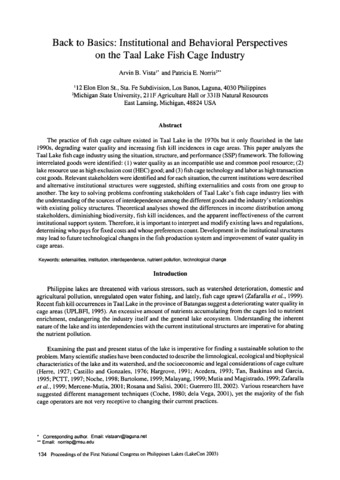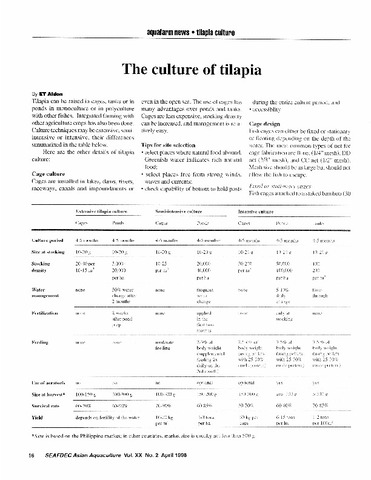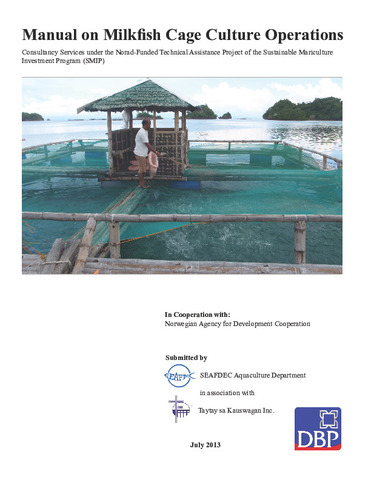Back to basics: Institutional and behavioral perspectives on the Taal Lake fish cage industry
- Global styles
- MLA
- Vancouver
- Elsevier - Harvard
- APA
- Help
Share
抄録
The practice of fish cage culture existed in Taal Lake in the 1970s but it only flourished in the late 1990s, degrading water quality and increasing fish kill incidences in cage areas. This paper analyzes the Taal Lake fish cage industry using the situation, structure, and performance (SSP) framework. The following interrelated goods were identified: (1) water quality as an incompatible use and common pool resource; (2) lake resource use as high exclusion cost (HEC) good; and (3) fish cage technology and labor as high transaction cost goods. Relevant stakeholders were identified and for each situation, the current institutions were described and alternative institutional structures were suggested, shifting externalities and costs from one group to another. The key to solving problems confronting stakeholders of Taal Lake s fish cage industry lies with the understanding of the sources of interdependence among the different goods and the industry s relationships with existing policy structures. Theoretical analyses showed the differences in income distribution among stakeholders, diminishing biodiversity, fish kill incidences, and the apparent ineffectiveness of the current institutional support system. Therefore, it is important to interpret and modify existing laws and regulations, determining who pays for fixed costs and whose preferences count. Development in the institutional structures may lead to future technological changes in the fish production system and improvement of water quality in cage areas.
Suggested Citation
Vista, A. B., & Norris, P. E. (2005). Back to basics: Institutional and behavioral perspectives on the Taal Lake fish cage industry. In M. L. Cuvin-Aralar, R. S. Punongbayan, A. Santos-Borja, L. V. Castillo, E. V. Manalili, & M. M. Mendoza (Eds.), Proceedings of the First National Congress on Philippine Lakes (pp. 134-144). Southeast Asian Regional Center for Graduate Study and Research in Agriculture (SEARCA).
Type
Conference paperISSN
1656-8099Collections
- LakeCon2003 [49]
Related items
Showing items related by title, author, creator and subject.
-
The culture of tilapia
Aldon, Eva T. (Aquaculture Department, Southeast Asian Fisheries Development Center, 1998) -
Prospects of milkfish sea cage farming
Cruz, Philip S. (Aquaculture Department, Southeast Asian Fisheries Development Center, 1998) -
Manual on milkfish cage culture operations
Southeast Asian Fisheries Development Center, Aquaculture Department; Taytay sa Kauswagan Inc.; Development Bank of the Philippines (DBP); Norwegian Agency for Development Cooperation (Aquaculture Department, Southeast Asian Fisheries Development Center, 2013-07)Milkfish (Chanos chanos, or bangus) culture is the largest finfish aquaculture industry in the Philippines and continues to be a top aquaculture commodity primarily because it is easy to culture and can be grown in a wide ...





